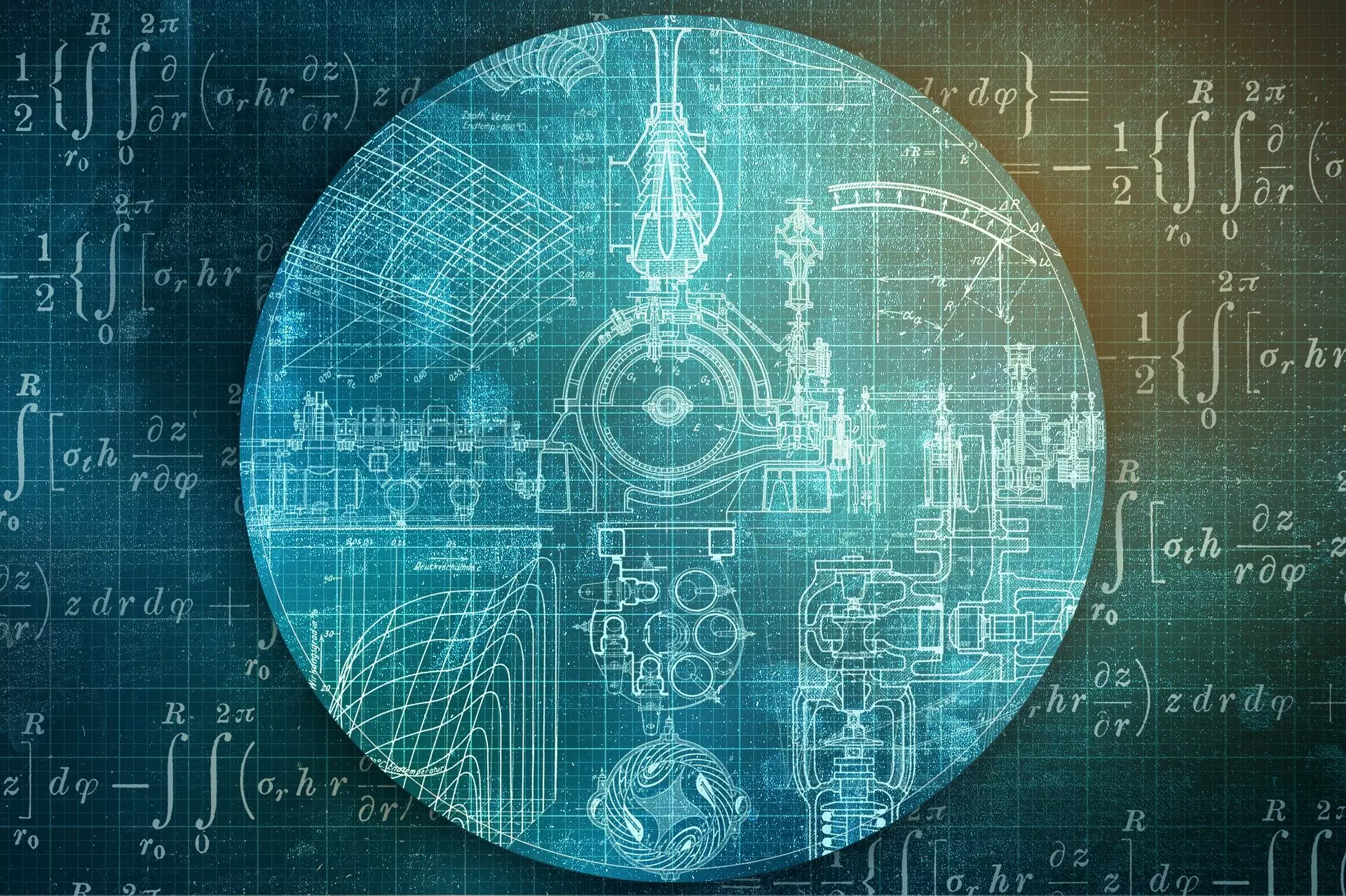In recent years, generative models within the realm of artificial intelligence (AI) have experienced significant advancements. These models, which involve machine-learning algorithms that learn patterns from data to generate new sets of data, have shown promise in various applications such as image and natural language generation. Despite their success, there is a noticeable gap in our understanding of the theoretical underpinnings of these generative models, which could impact their development and utilization in the future.
A team of scientists led by Florent Krzakala and Lenka Zdeborová at EPFL conducted a study to evaluate the efficiency of modern neural network-based generative models. The research, published in PNAS, focused on comparing contemporary methods with traditional sampling techniques, specifically examining a class of probability distributions related to spin glasses and statistical inference problems. The team explored different types of generative models, including flow-based models that transition from simple to complex data distributions, diffusion-based models that remove noise from data, and generative autoregressive neural networks that generate sequential data based on previous outputs.
To assess the performance of these generative models in sampling from known probability distributions, the researchers developed a theoretical framework. By mapping the sampling process of neural network methods to a Bayes optimal denoising problem, they were able to compare how each model generates data by likening it to the task of noise removal. Drawing inspiration from the behavior of spin glasses, the scientists delved into the intricate landscapes of data to understand how neural network-based models navigate these complexities.
Through their study, the researchers uncovered both strengths and limitations of modern neural network-based generative models in comparison to traditional algorithms such as Monte Carlo Markov Chains and Langevin Dynamics. While diffusion-based methods may encounter challenges in sampling due to first-order phase transitions in denoising paths, there were instances where neural network-based models demonstrated superior efficiency. This nuanced understanding provides a balanced perspective on the capabilities of both traditional and contemporary sampling methods.
The findings of this research serve as a guide for developing more robust and efficient generative models in AI. By establishing a clearer theoretical foundation, the study contributes to the advancement of next-generation neural networks capable of handling complex data generation tasks with increased efficiency and accuracy. Understanding the capabilities and limitations of generative models is crucial for their continued development and successful implementation in various AI applications.
The study on the theoretical foundations of generative models in AI sheds light on the complexities involved in data generation with modern neural network-based methods. By exploring the efficiency of these models in sampling from probability distributions and comparing them to traditional algorithms, researchers aim to enhance the effectiveness of generative models for future AI endeavors.


Leave a Reply